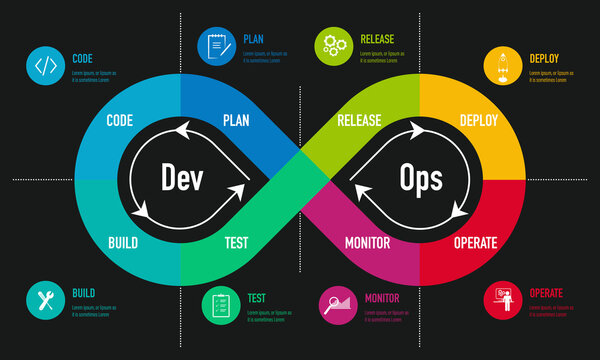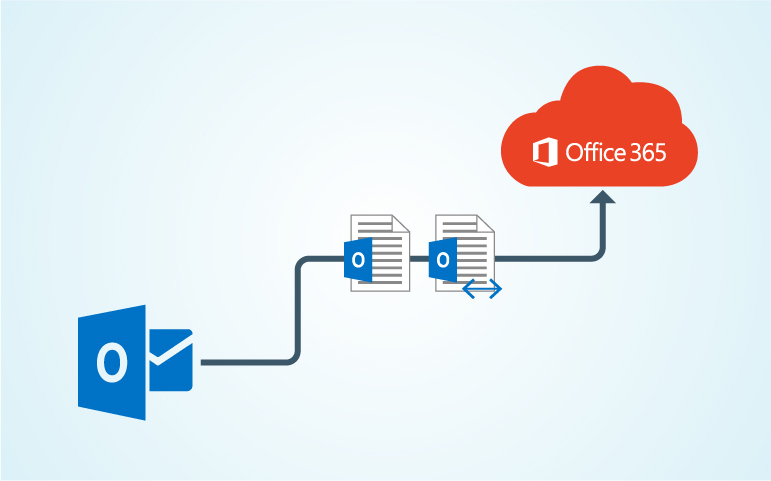Introduction
At Level Point, we’re excited to announce a new project aimed at leveraging Amazon Web Services (AWS) to transform our client’s IT infrastructure. This project focuses on migrating a traditional on-premises application to a scalable, secure, and cost-effective cloud environment using AWS. By moving to the cloud, our client aims to improve performance, enhance security, reduce costs, and gain the flexibility to scale resources based on demand.
Project Overview
Objective: The primary goal of this project is to migrate our client’s mission-critical applications and data from their existing on-premises environment to the AWS Cloud. This transition will enable better scalability, reliability, and security, while also optimizing costs and improving overall operational efficiency.
Client: A mid-sized retail company looking to modernize its IT infrastructure to support growing online sales and customer engagement.
Technologies & Services Involved:
- Compute: Amazon EC2, AWS Lambda
- Storage: Amazon S3, Amazon EBS
- Database: Amazon RDS (PostgreSQL), Amazon DynamoDB
- Networking: Amazon VPC, AWS Direct Connect
- Security: AWS Identity and Access Management (IAM), AWS Shield, AWS WAF
- Monitoring and Management: Amazon CloudWatch, AWS CloudTrail
- Infrastructure as Code (IaC): AWS CloudFormation, Terraform
Phase 1: Planning and Assessment
The first step in our project is a comprehensive assessment of the client’s existing infrastructure. Our team conducted a series of workshops and interviews with the client’s IT department to understand their current setup, challenges, and business goals.
Key Findings:
- The existing on-premises infrastructure is outdated and struggling to handle the growing load, especially during peak shopping seasons.
- There is a lack of redundancy and disaster recovery capabilities, leading to potential data loss and downtime.
- The manual management of infrastructure is time-consuming and prone to human error.
Based on these findings, we formulated a cloud migration strategy that includes:
- Migrating existing applications to AWS while minimizing downtime and ensuring data integrity.
- Implementing a scalable infrastructure to handle varying traffic loads.
- Enhancing security and compliance with industry standards.
- Automating infrastructure management using IaC practices.
Phase 2: Designing the AWS Architecture
Scalable Compute Resources:
- Amazon EC2: We designed an architecture using Amazon EC2 instances to handle the web application’s compute needs. Auto Scaling groups will be implemented to automatically scale the number of instances based on real-time traffic, ensuring optimal performance.
- AWS Lambda: To handle backend processing tasks such as image processing and data transformations, we integrated serverless functions using AWS Lambda. This provides a cost-effective way to manage background tasks without managing servers.
Secure and Reliable Networking:
- Amazon VPC: A Virtual Private Cloud (VPC) is configured to isolate the client’s network in the AWS cloud, providing enhanced security. Subnets, route tables, and security groups are set up to control traffic flow and protect resources.
- AWS Direct Connect: For a secure and reliable connection between the client’s on-premises data center and AWS, we set up AWS Direct Connect. This ensures a dedicated network connection, reducing latency and improving data transfer speeds.
Data Storage and Management:
- Amazon S3: We use Amazon S3 for scalable object storage to store static content like images, videos, and backups. S3 provides durability, security, and low-cost storage for large amounts of data.
- Amazon EBS: Elastic Block Store (EBS) volumes are used for persistent block storage attached to EC2 instances, ensuring high availability and data durability.
- Database Services: Amazon RDS with PostgreSQL is chosen for managing relational databases, providing automated backups, patch management, and high availability. For NoSQL needs, we implement Amazon DynamoDB, offering single-digit millisecond performance at scale.
Phase 3: Security and Compliance
Security is a top priority for this project. We implement multiple AWS security services and best practices to protect the client’s data and applications.
- AWS IAM: Identity and Access Management (IAM) policies are defined to enforce the principle of least privilege, ensuring that only authorized users have access to sensitive resources.
- AWS Shield and AWS WAF: To protect against DDoS attacks and other threats, we implement AWS Shield for DDoS protection and AWS WAF for web application firewall capabilities.
- Encryption: Data at rest is encrypted using AWS Key Management Service (KMS) and SSL/TLS encryption for data in transit.
Phase 4: Migration and Testing
Migrating Applications and Data:
- We use the AWS Database Migration Service (DMS) to migrate databases from the on-premises environment to Amazon RDS with minimal downtime.
- For applications, we containerize the workloads where possible, using Docker, and deploy them on EC2 instances or AWS Fargate for serverless containers.
Testing and Validation:
- Rigorous testing is conducted to ensure that all applications function correctly in the AWS environment. This includes performance testing, security assessments, and disaster recovery simulations.
- We set up staging environments that mirror the production environment to perform end-to-end testing before the final cutover.
Phase 5: Monitoring, Management, and Optimization
Monitoring and Logging:
- Amazon CloudWatch: Configured to monitor the health and performance of applications and infrastructure. Custom CloudWatch dashboards are set up for real-time insights.
- AWS CloudTrail: Enables logging of all API calls for audit purposes, ensuring compliance and providing a clear trail of changes.
Automated Management:
- AWS CloudFormation: Used for automated infrastructure provisioning and management, allowing us to maintain consistency across environments.
- Terraform: Complements CloudFormation for more complex multi-cloud and hybrid scenarios, providing flexibility in infrastructure management.
Cost Optimization:
- We regularly analyze usage patterns using AWS Cost Explorer and implement Reserved Instances and Savings Plans to reduce costs.
- Configure automated shutdown of non-essential resources during off-peak hours to optimize cost efficiency.
Conclusion
This AWS cloud migration project represents a significant step towards digital transformation for our client. By leveraging AWS’s robust, scalable, and secure cloud infrastructure, we are helping the client achieve improved performance, enhanced security, and operational efficiency. Our team’s expertise in cloud architecture, security, and automation ensures a smooth transition to the cloud, setting the stage for future growth and innovation.
Are you ready to transform your business with AWS Cloud solutions? Contact Level Point today to learn more about our cloud services and how we can help you achieve your goals!


